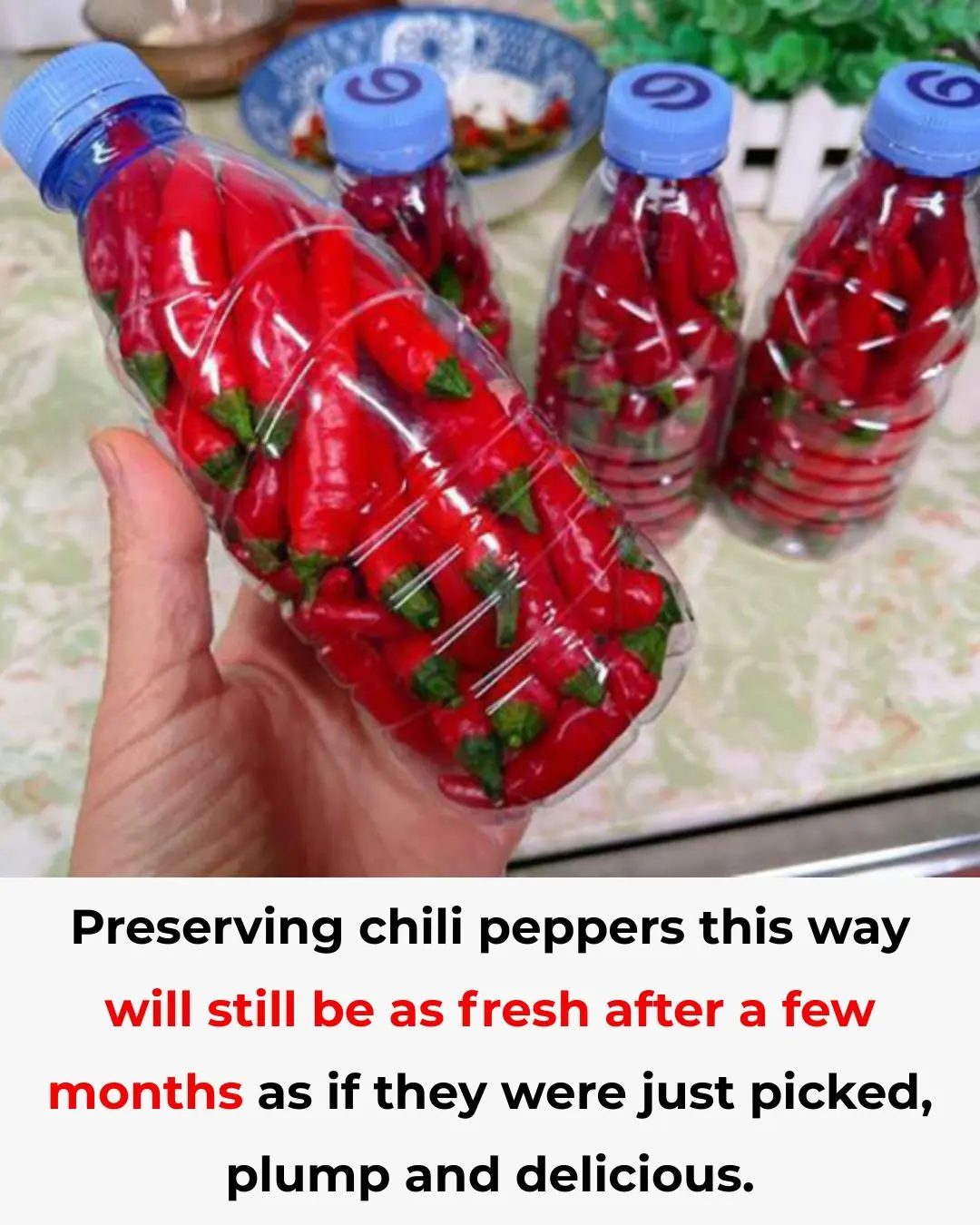
4 ways to distinguish clean vermicelli and vermicelli contaminated with chemicals, every housewife should know
Simple Tips to Identify Clean, Natural Rice Vermicelli and Detect Chemically Treated Ones
Many people enjoy eating rice vermicelli (known as bún in Vietnam), but not everyone knows how to tell clean, natural noodles apart from those that have been treated with bleaching or preservatives. The following simple tips will help you become a smarter shopper and avoid being fooled by vendors.
1. Check the Color of the Noodles
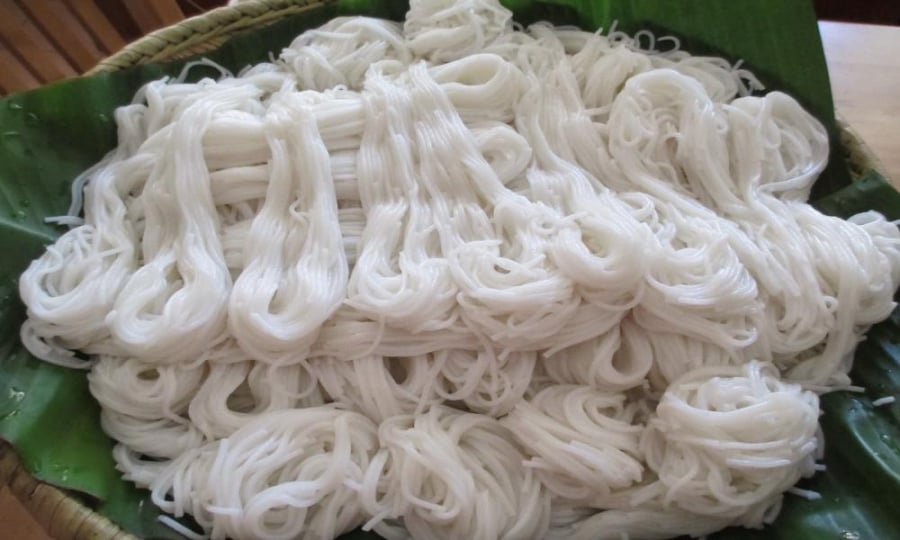
The easiest and most common way to identify clean bún is by observing its color.
Since bún is made from rice, its color should never be whiter than the rice itself. If the noodles appear unnaturally bright, paper-white, or even slightly bluish, that’s a clear sign they may have been bleached with chemicals.
Natural bún usually has a mild ivory or off-white tone, sometimes slightly dull, and that’s completely normal. Artificially whitened noodles, on the other hand, often look unnaturally smooth and shiny — a sign of chemical treatment.
2. Feel the Texture and Stickiness
Texture tells a lot about noodle quality. When buying bún at the market, use your sense of touch. If the strands look overly glossy or feel too elastic, they might have been processed with additives or chemical softeners.
Natural bún tends to be soft, slightly sticky, and pliable — not rubbery. It also doesn’t stay perfectly separated; a bit of clumping is normal. In contrast, chemically treated noodles often appear sleek, firm, and unnaturally resilient, even after sitting for hours.
A quick tip: gently press a few strands between your fingers. If they stick together a little, that’s actually a good sign — it means the noodles are made from pure rice without added chemicals.
3. Pay Attention to the Smell
Real bún made from rice tends to develop a slightly sour smell after a few hours at room temperature, especially in warm weather. This is natural fermentation at work.
If you find noodles that have been left out for hours in a hot market but still smell perfectly neutral or oddly “fresh,” there’s a high chance they’ve been treated with chemical preservatives or acidic agents to suppress spoilage.
Always trust your nose — a mild sour note in fresh noodles is natural and harmless, but a strong chemical odor or unnatural freshness should raise suspicion.
4. Taste the Flavor
Flavor is another key indicator. Clean, natural bún has a gentle rice aroma and a subtle sweetness that lingers in your mouth. It tastes fresh, simple, and comforting.
In contrast, noodles that have no taste at all — or taste slightly bitter or artificial — are likely to contain chemicals. When cooked, these noodles might also become too slippery or maintain an unnaturally firm texture.
To test at home, try boiling a small portion. Natural bún will soften evenly and release a mild, pleasant aroma, while chemically treated noodles often remain overly firm or produce an odd smell.
5. Bonus Tip: Observe Storage and Packaging
If you buy packaged bún, always check the label for the production date, ingredients, and manufacturer information. Avoid brands that list “bleaching agents” or “preservatives.” For fresh bún sold at markets, look for vendors who store it in clean containers and away from direct sunlight.
Final Thoughts
While bún is a beloved part of Vietnamese cuisine, it’s important to choose wisely for your family’s health. Rely on your senses — color, texture, smell, and taste — to distinguish between clean, naturally made bún and chemically treated ones. A little attention during shopping can protect your health and let you enjoy your favorite dishes safely and deliciously.
News in the same category

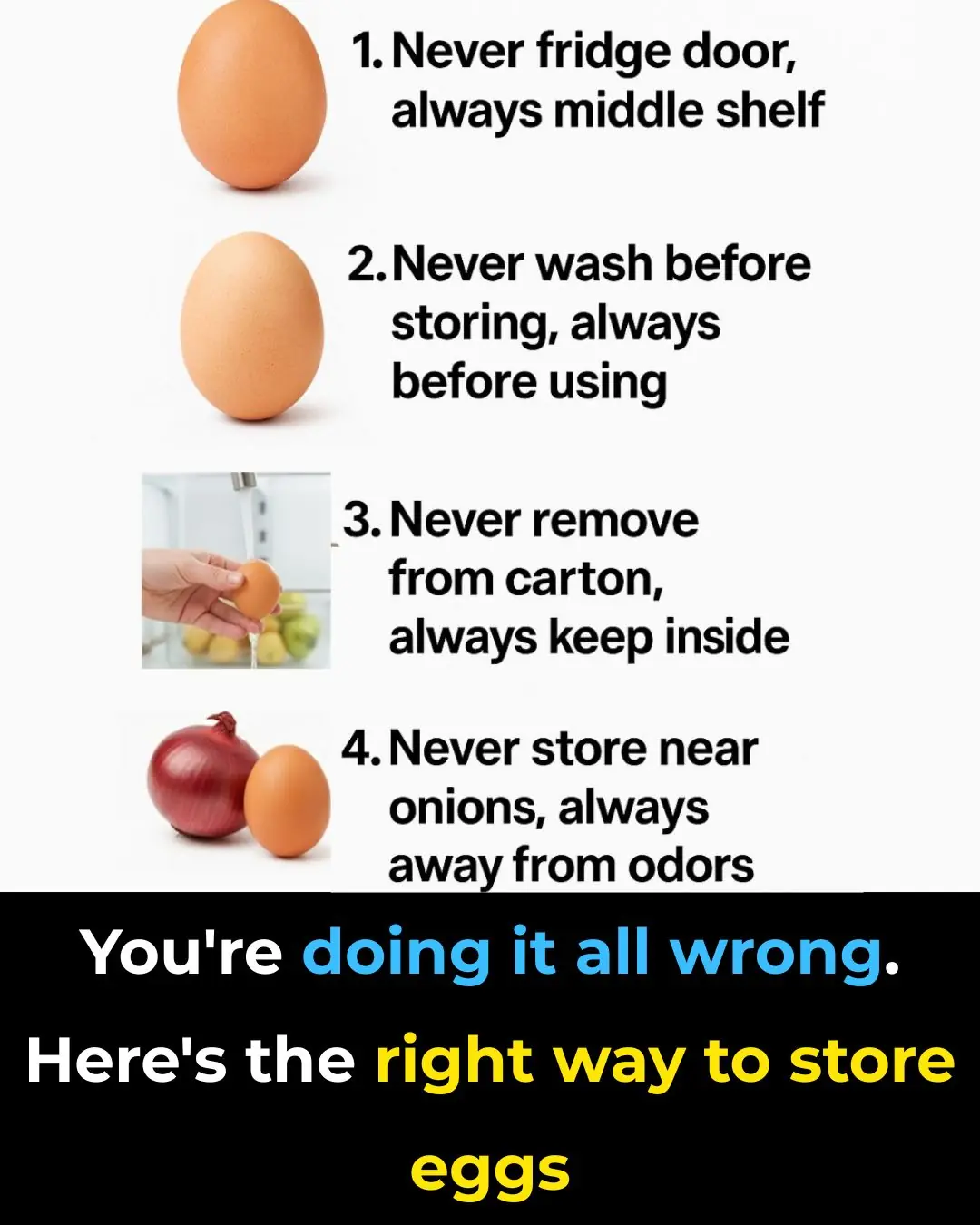
You’re doing it all wrong. Here’s the right way to store eggs

The reasons why public toilet doors don't touch the ground.
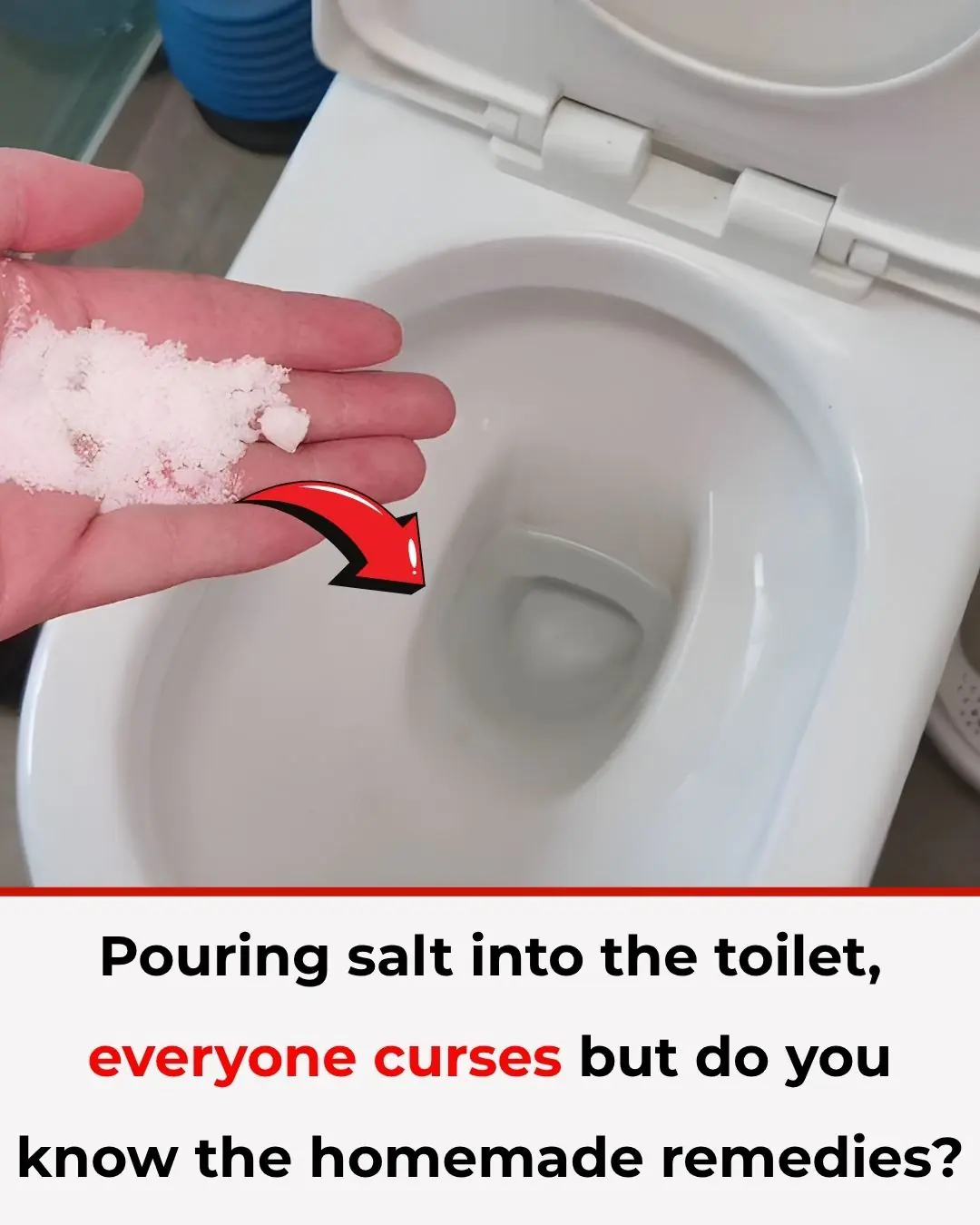
Pouring Salt into the Toilet: Everyone Thinks It’s Crazy, but Once You Know Its Benefits, You’ll Try It at Home Immediately
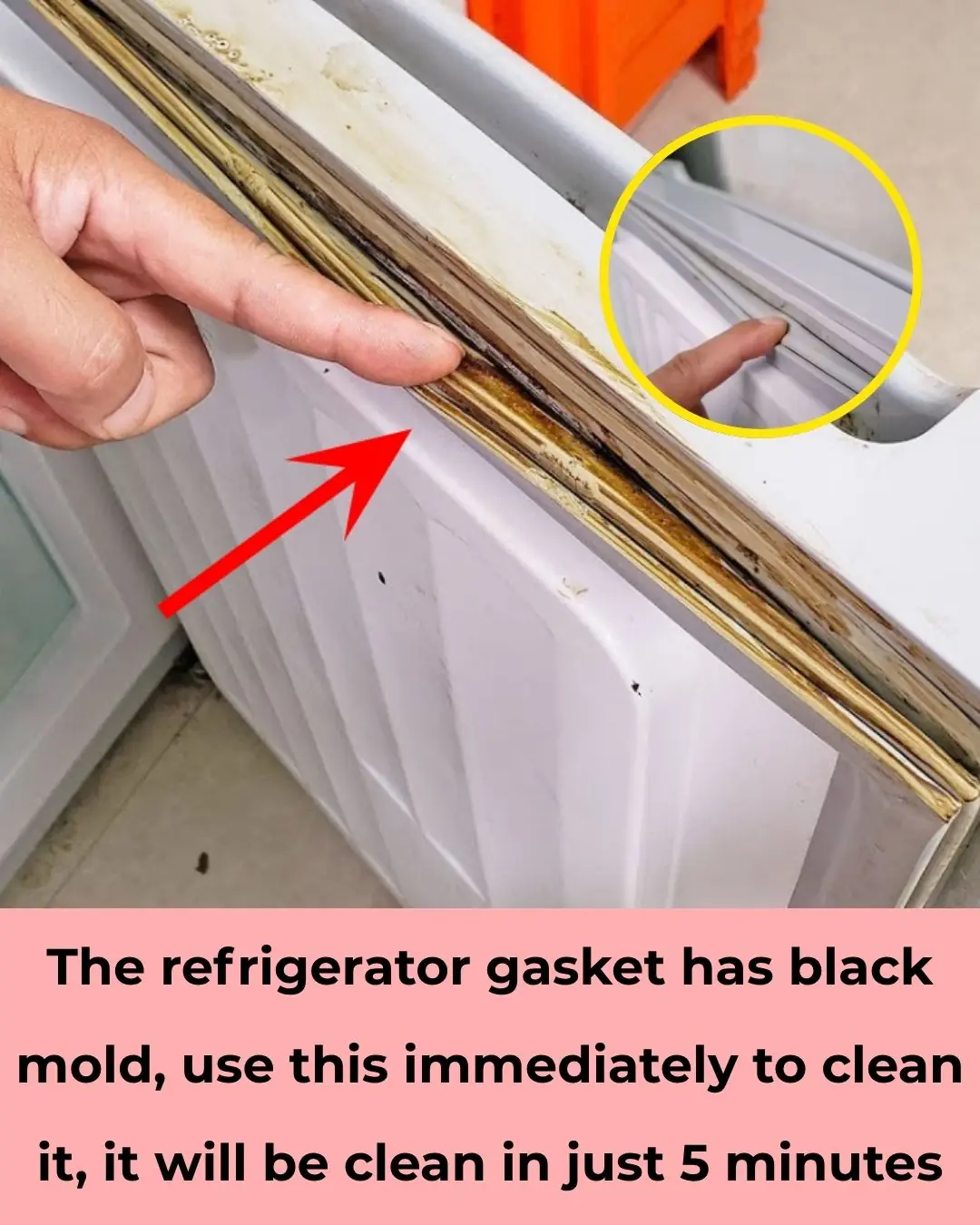
Black Mold on Refrigerator Seals? Use This Trick to Clean It in Just 5 Minutes

Don’t Ignore This: Check Your Fridge Now and Remove These 7 Items Before It’s Too Late

Why is that and the answer for those who don't know?

Why Do Flat Electrical Plugs Have Two Round Holes? The Hidden Function Is Brilliant
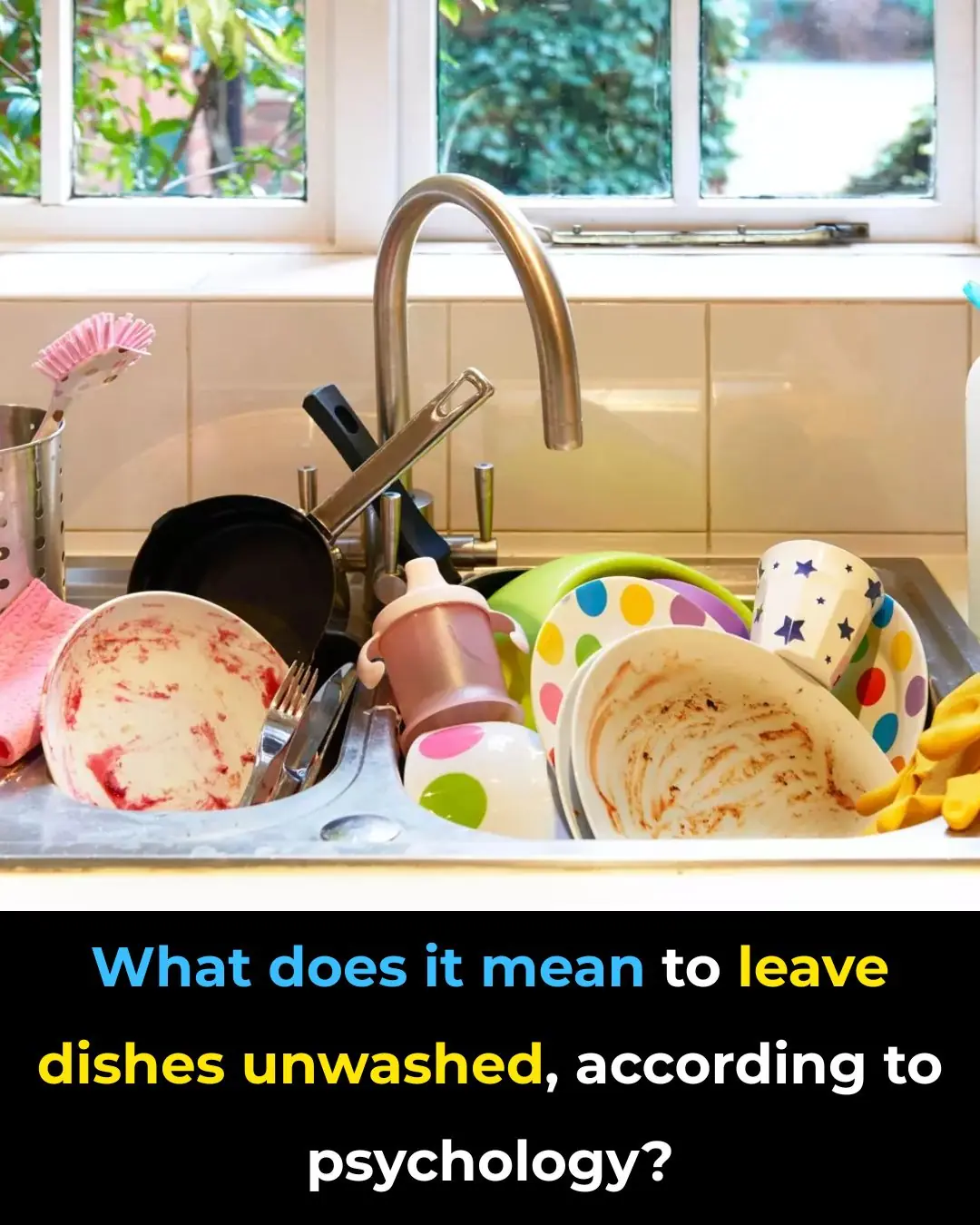
What Your Pile of Dirty Dishes Might Really Be Saying About You
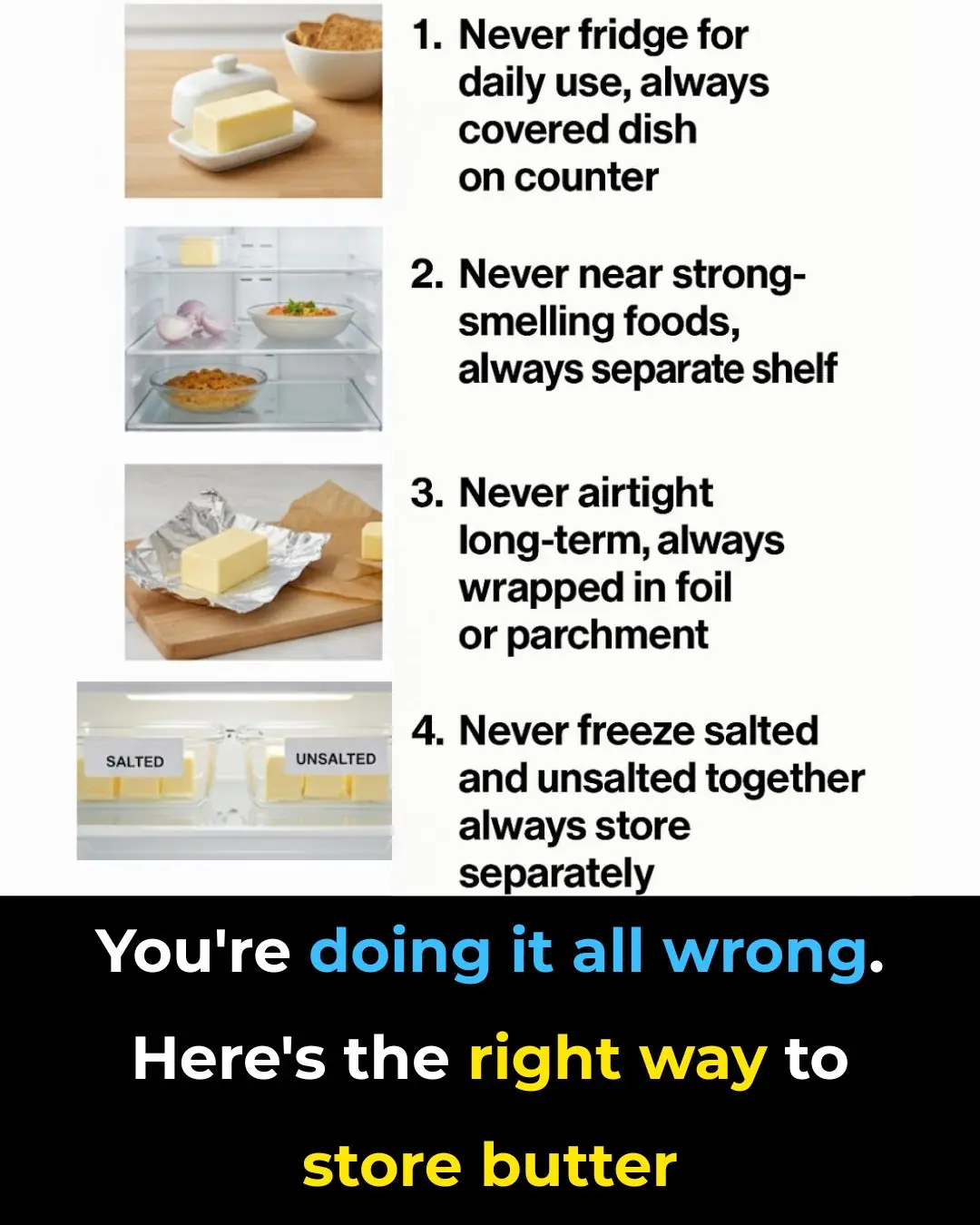
You're doing it all wrong. Here’s the right way to store butter
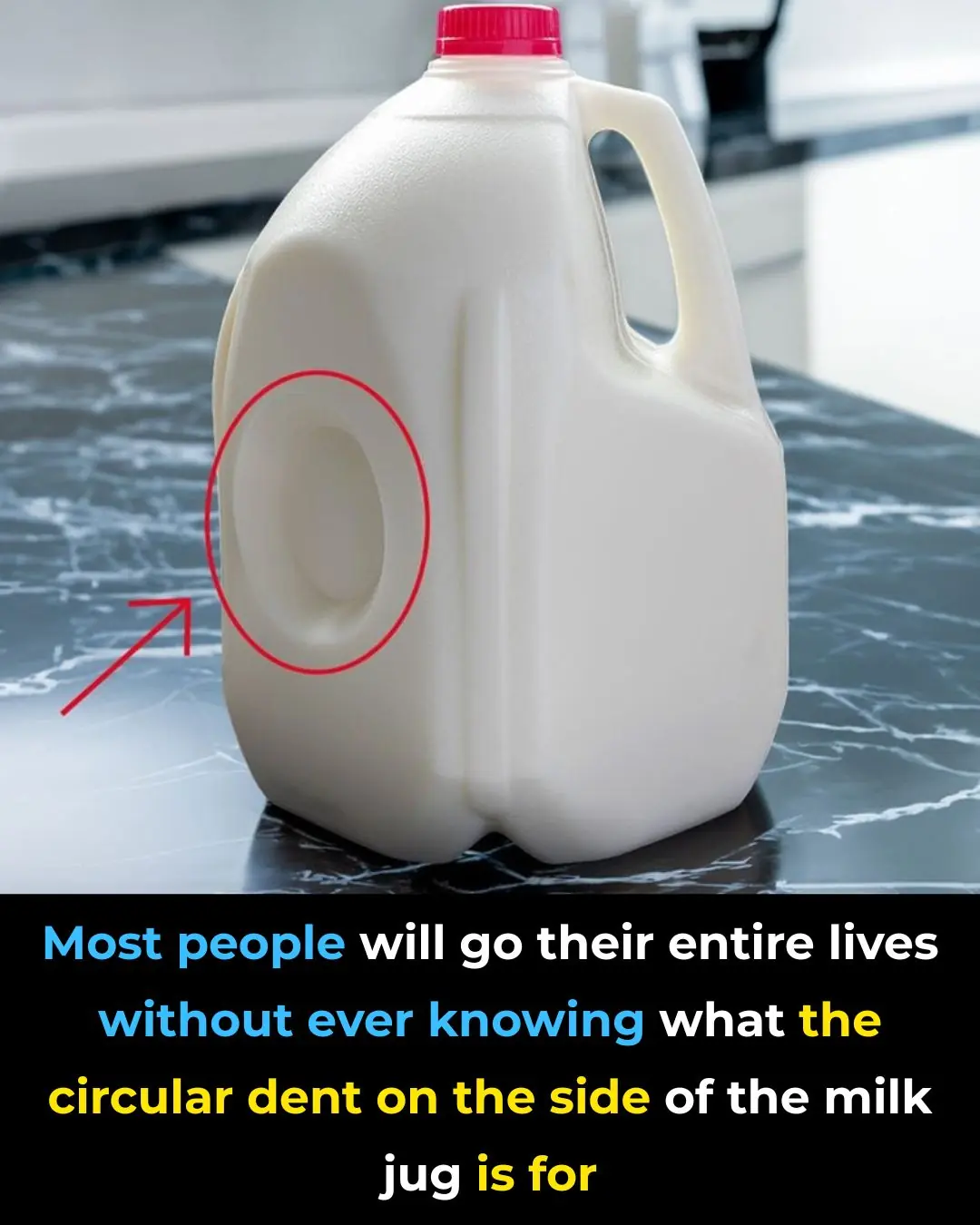
Why There’s a Dent in Your Milk Jug—and What It Actually Does

The more you clean a leaky house, the dirtier it gets: Do this to dry it, with immediate effect

During humid spring rains, put this in the bathroom to help deodorize, avoid moisture, and save cleaning time.
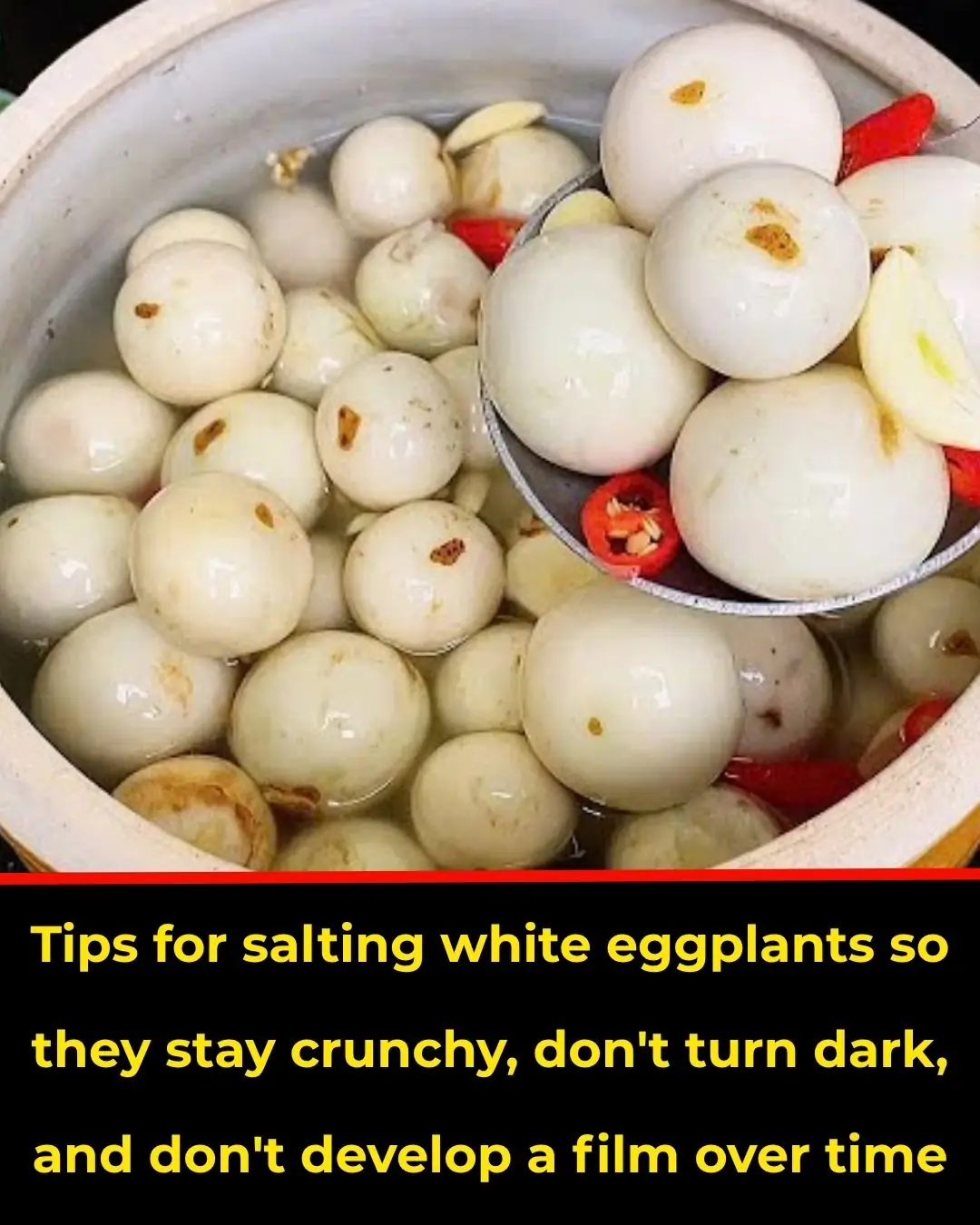
Tips for salting white eggplants so they stay crunchy, don't turn black, and don't develop mold over time

Putting citrus peels in white vinegar helps solve many household problems without wasting effort.
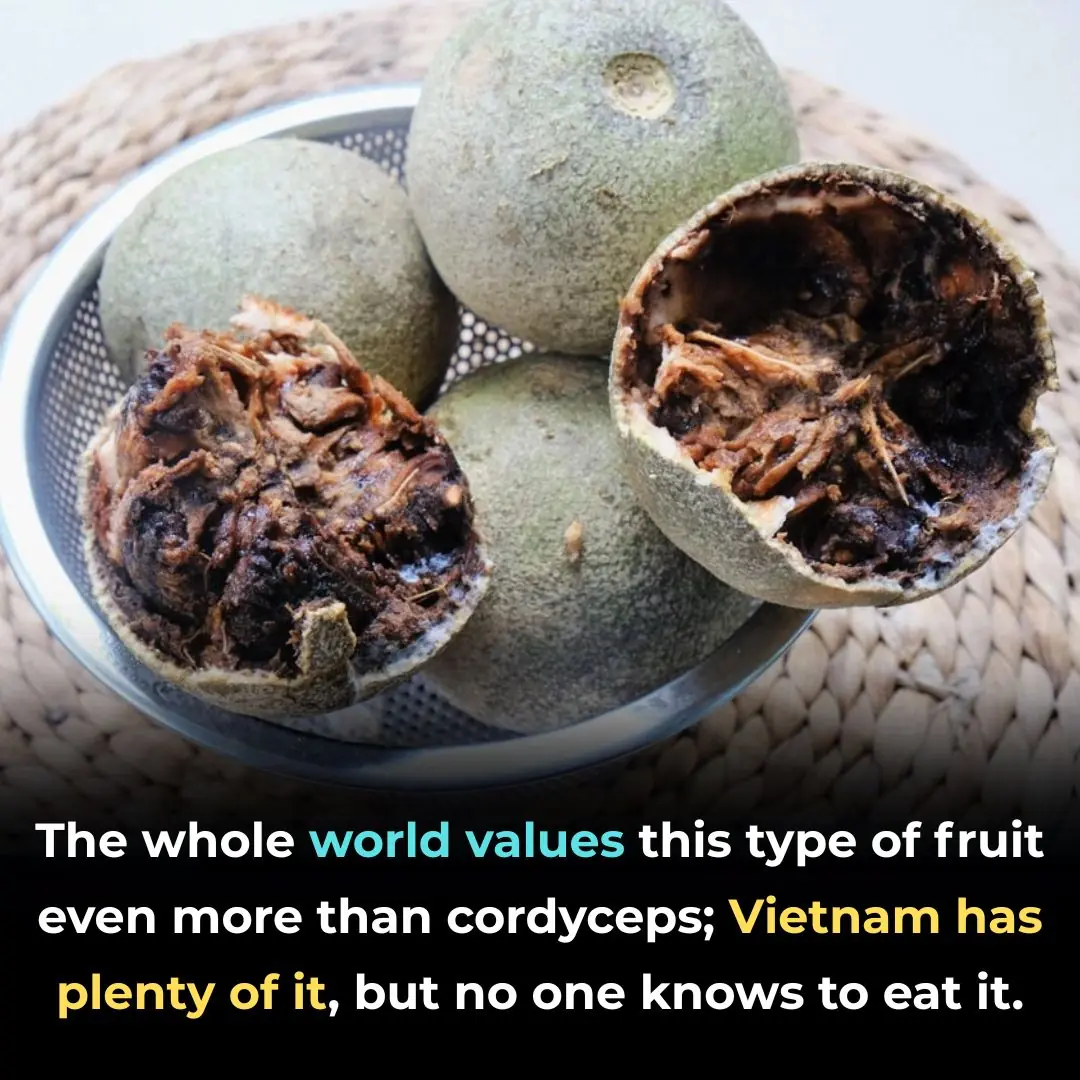
The whole world values this type of fruit even more than cordyceps; Vietnam has plenty of it, but no one knows to eat it.
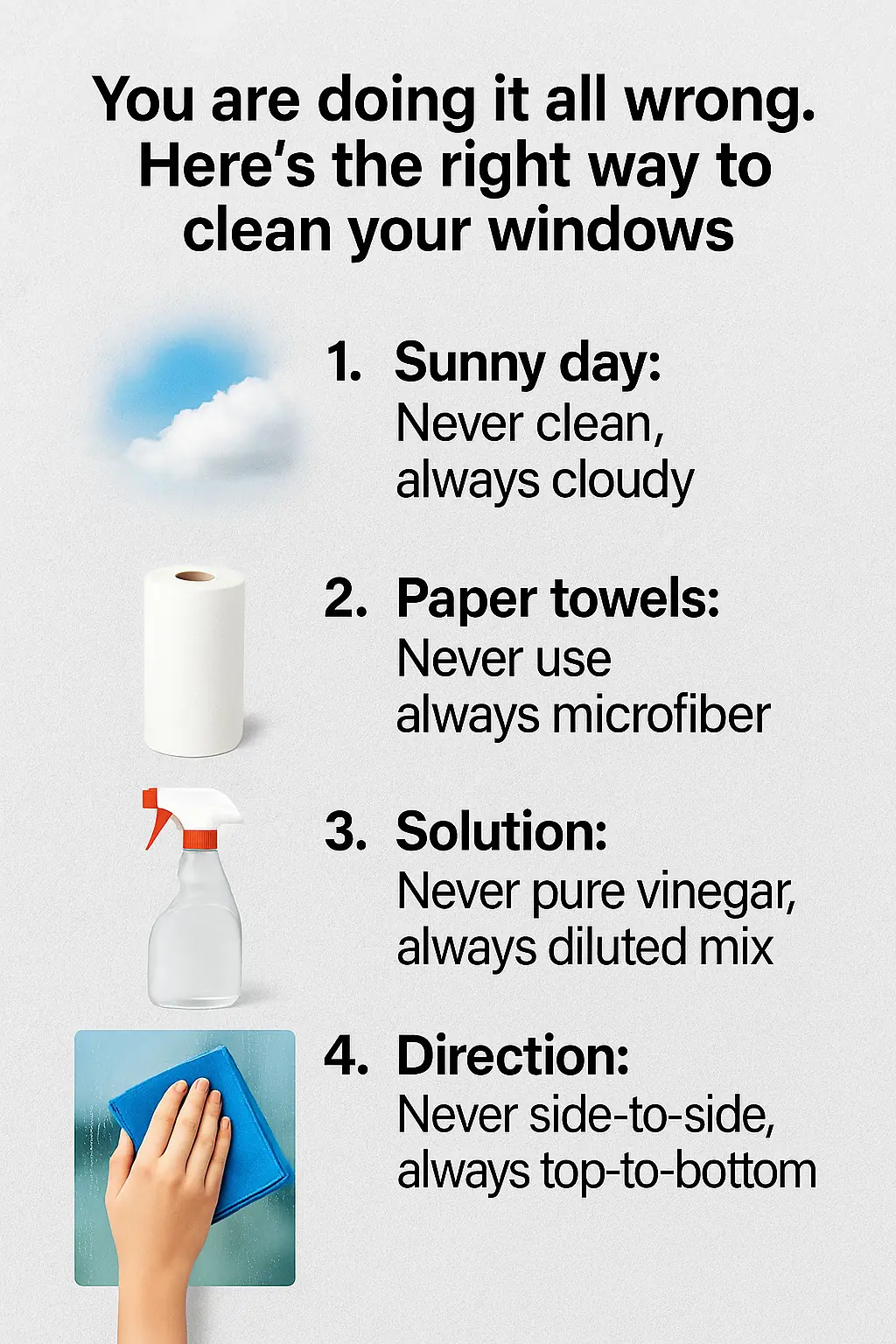
You are doing it all wrong. Here's the right way to clean your windows

My nana taught me this hack to whiten dingy grout in 4 mins with 0 work. Here’s how it works

You’re doing it all wrong. Here’s the right way to dust your home
News Post

Unlock Your Body’s Hidden Power: Try Garlic and Honey on an Empty Stomach for 7 Days

Tragus Piercing What Does It Mean
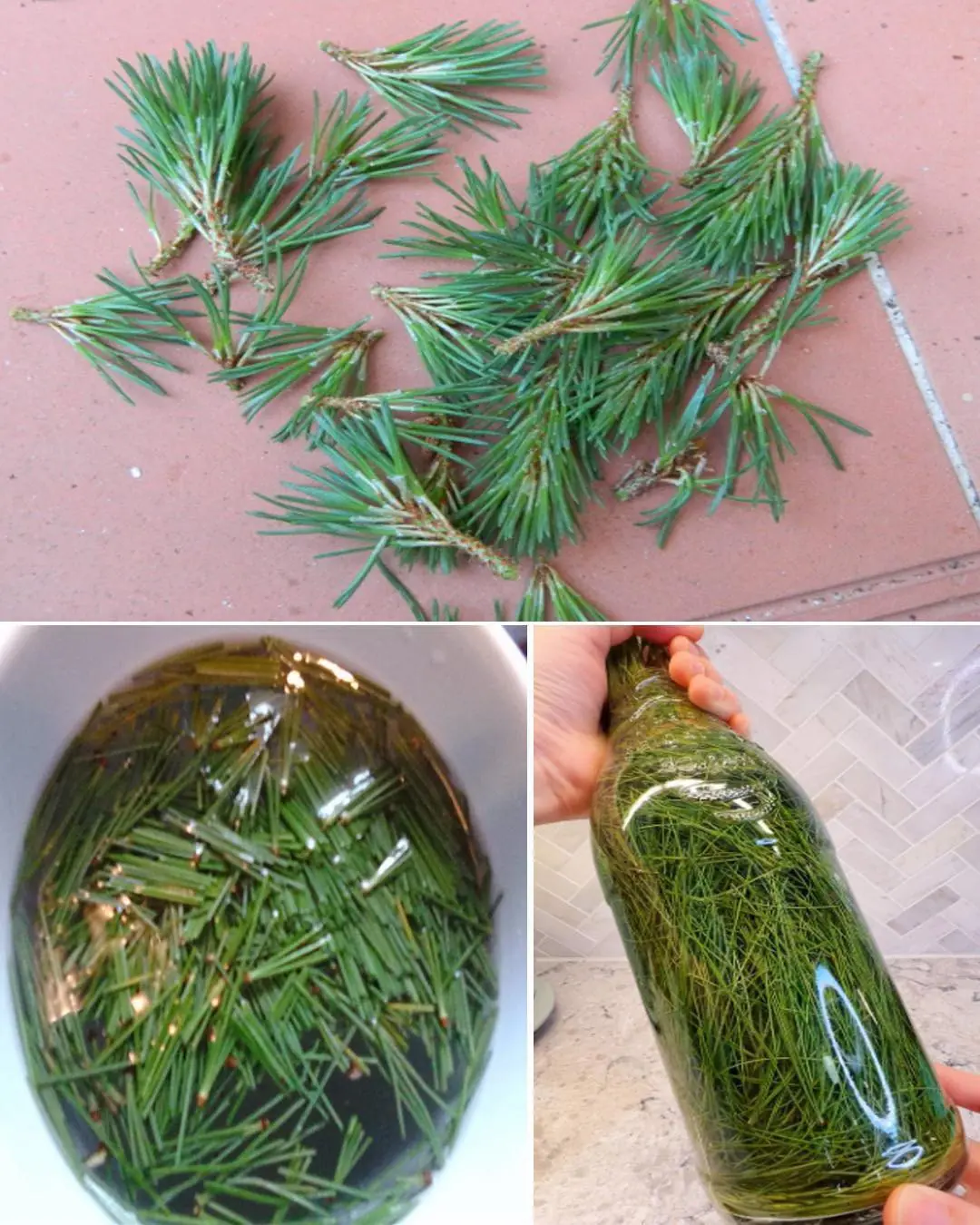
9 Health Benefits of Pine Needles
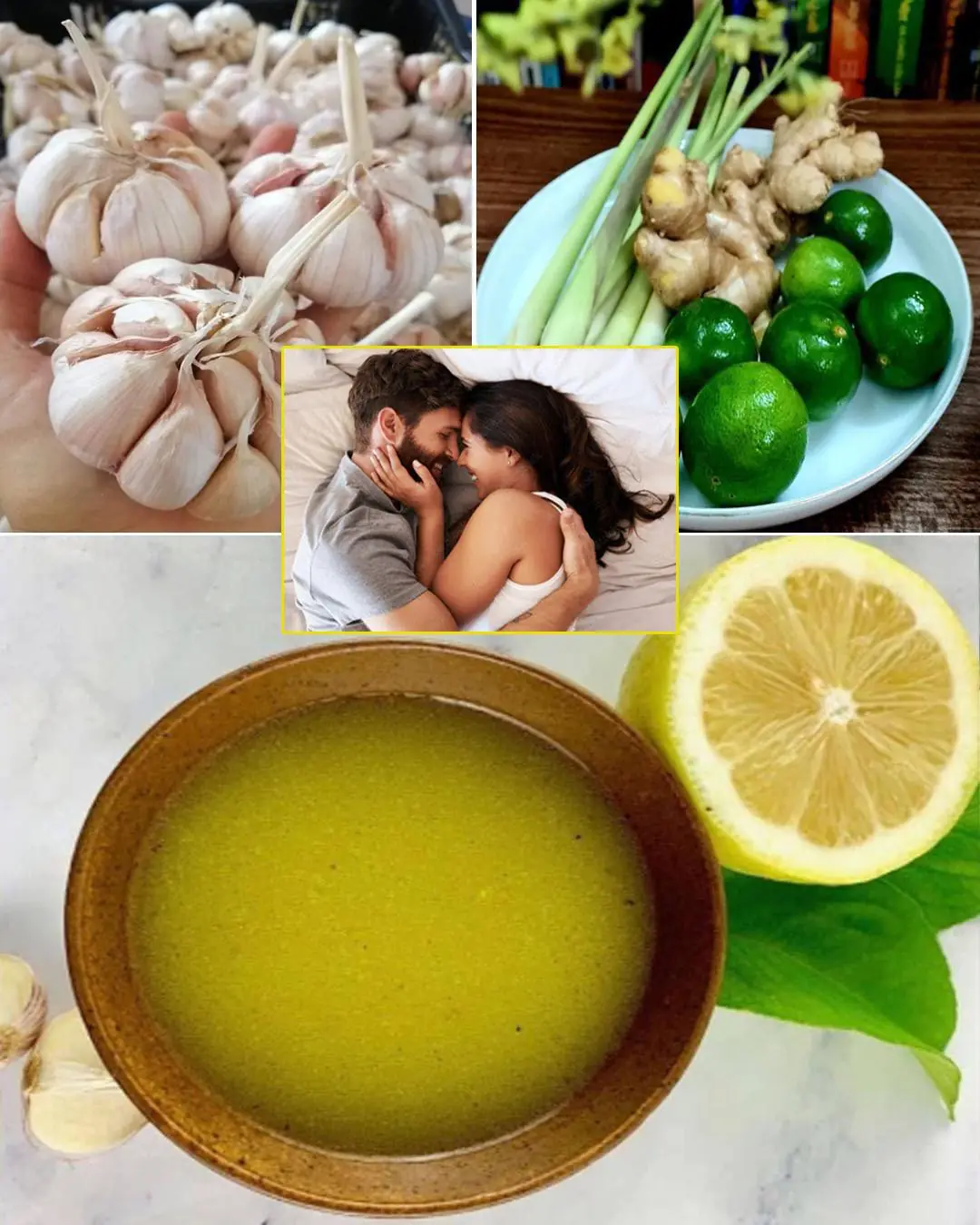
Unlock The Incredible Health Benefits of Garlic, Ginger and Lemon for Men
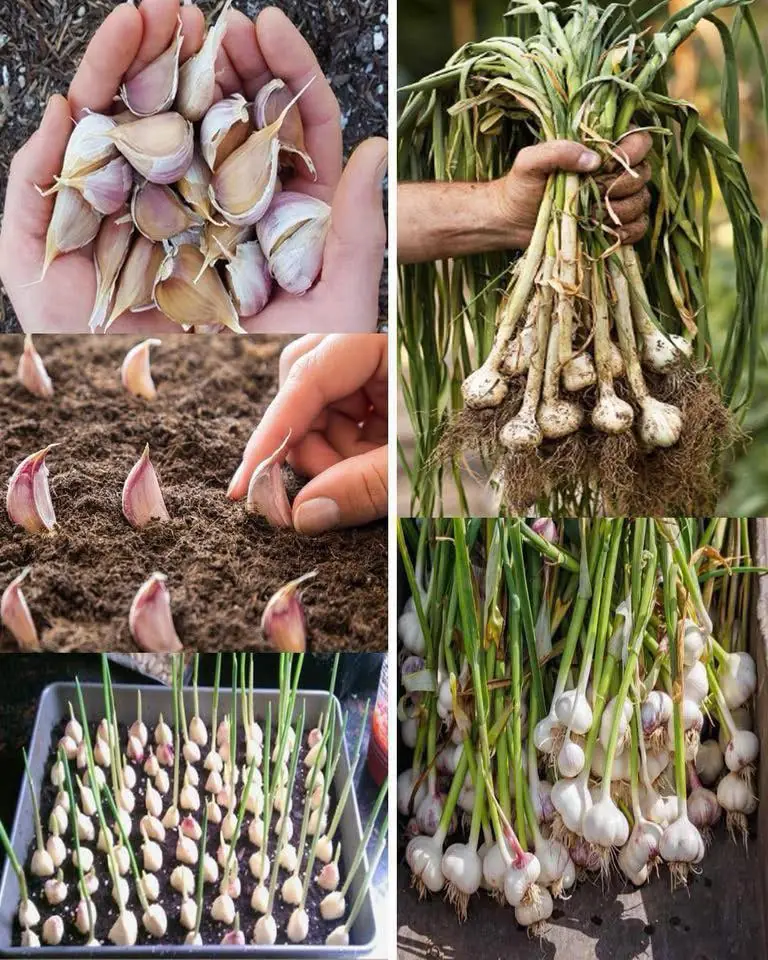
A special method to grow garlic in plastic bottles
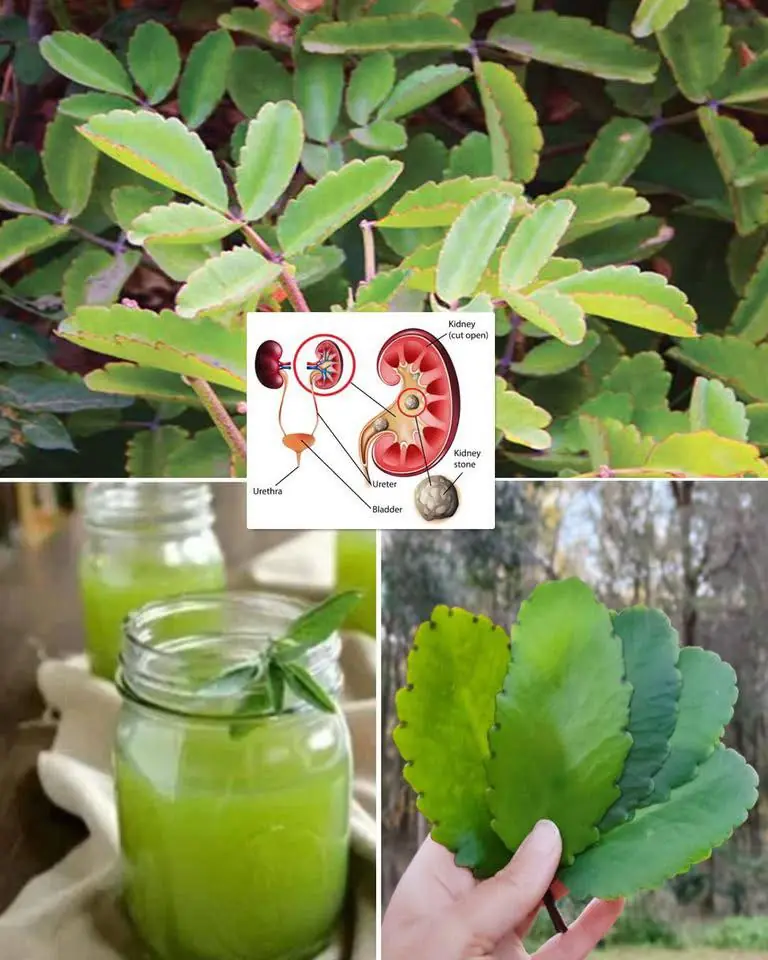
7 Benefits of the Miracle Leaf of Life
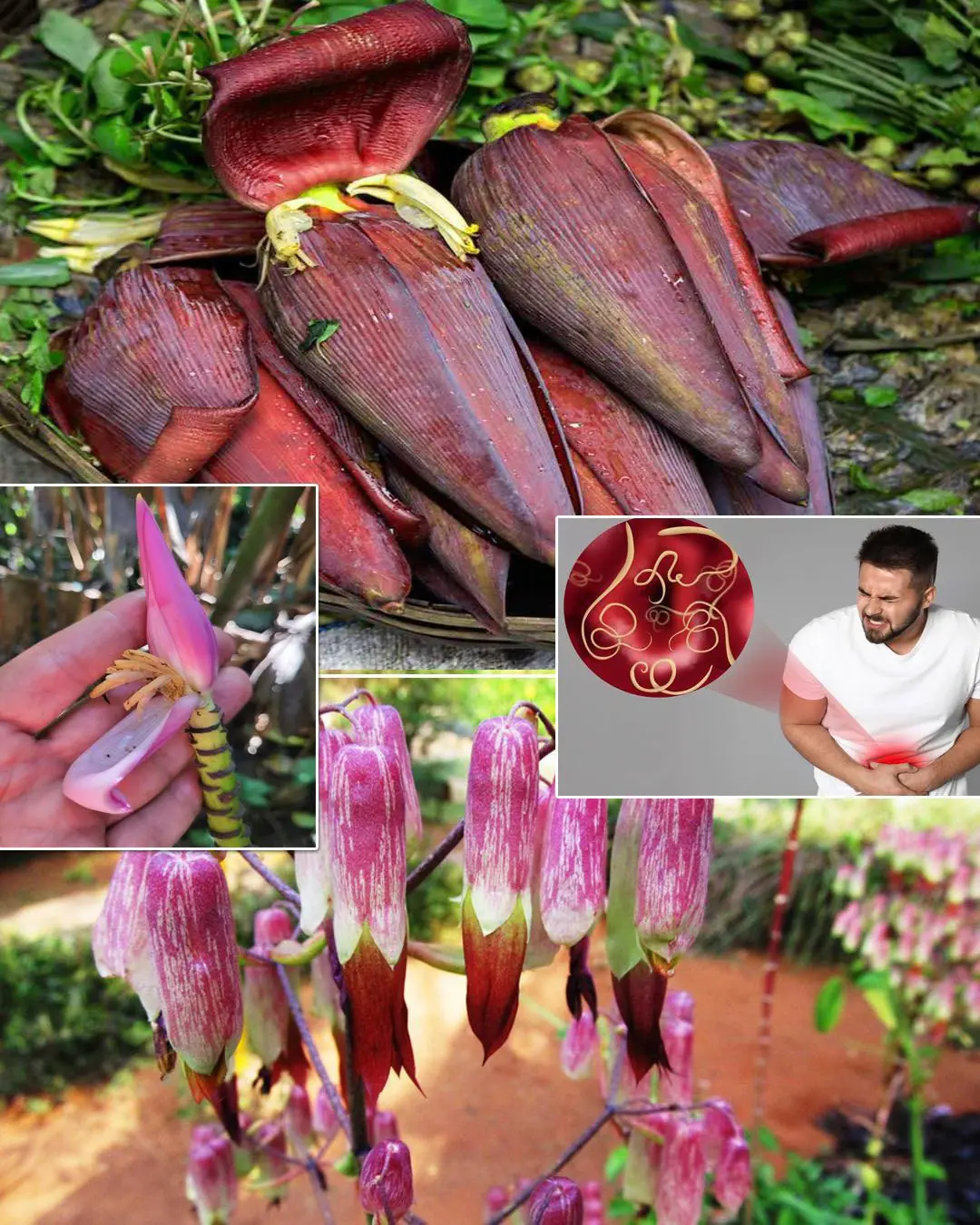
7 Amazing Health Benefits of Banana Blossoms
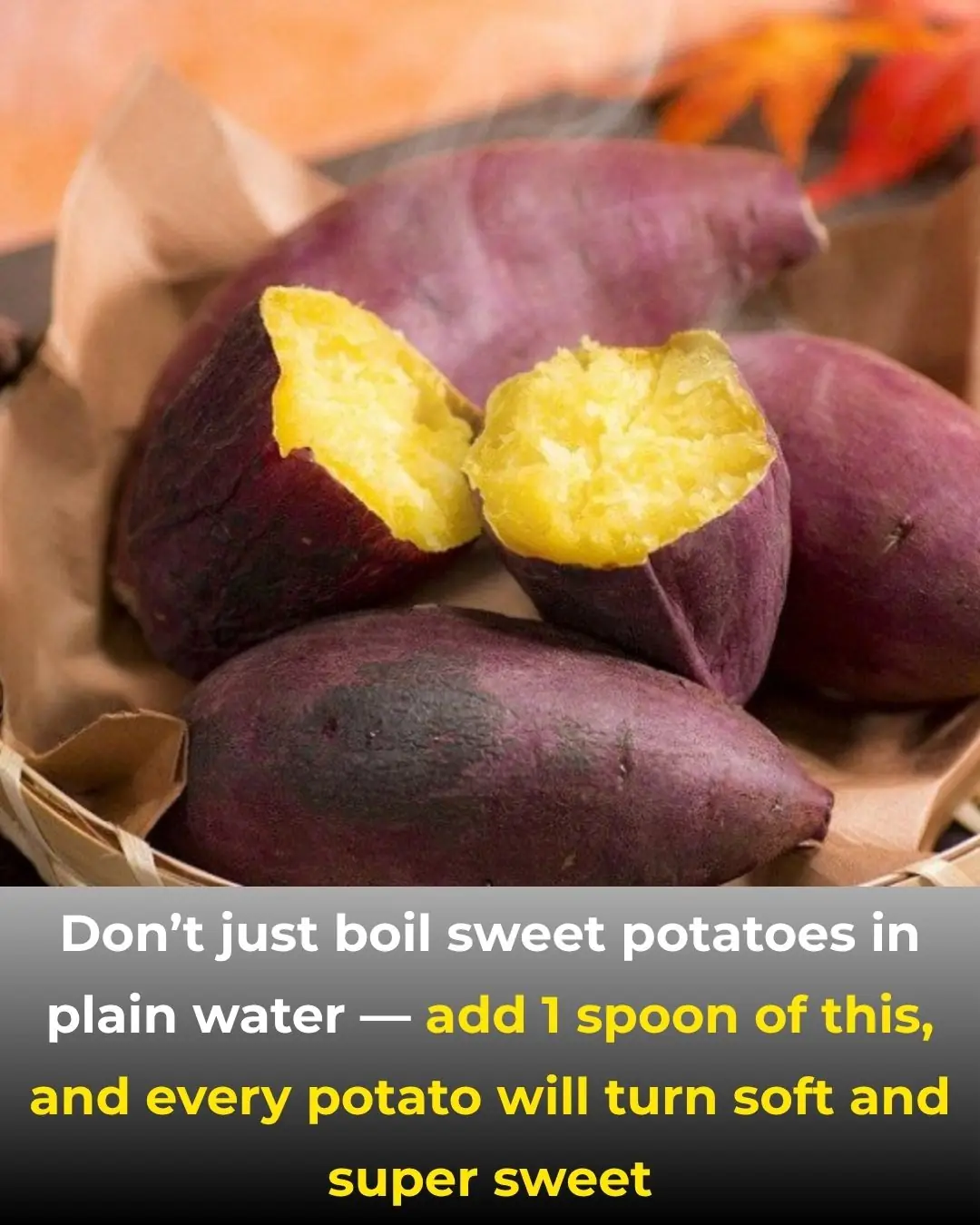
Boiling Sweet Potatoes: Don’t Just Add Plain Water—Add This Spoonful for Perfectly Fluffy, Sweet Results
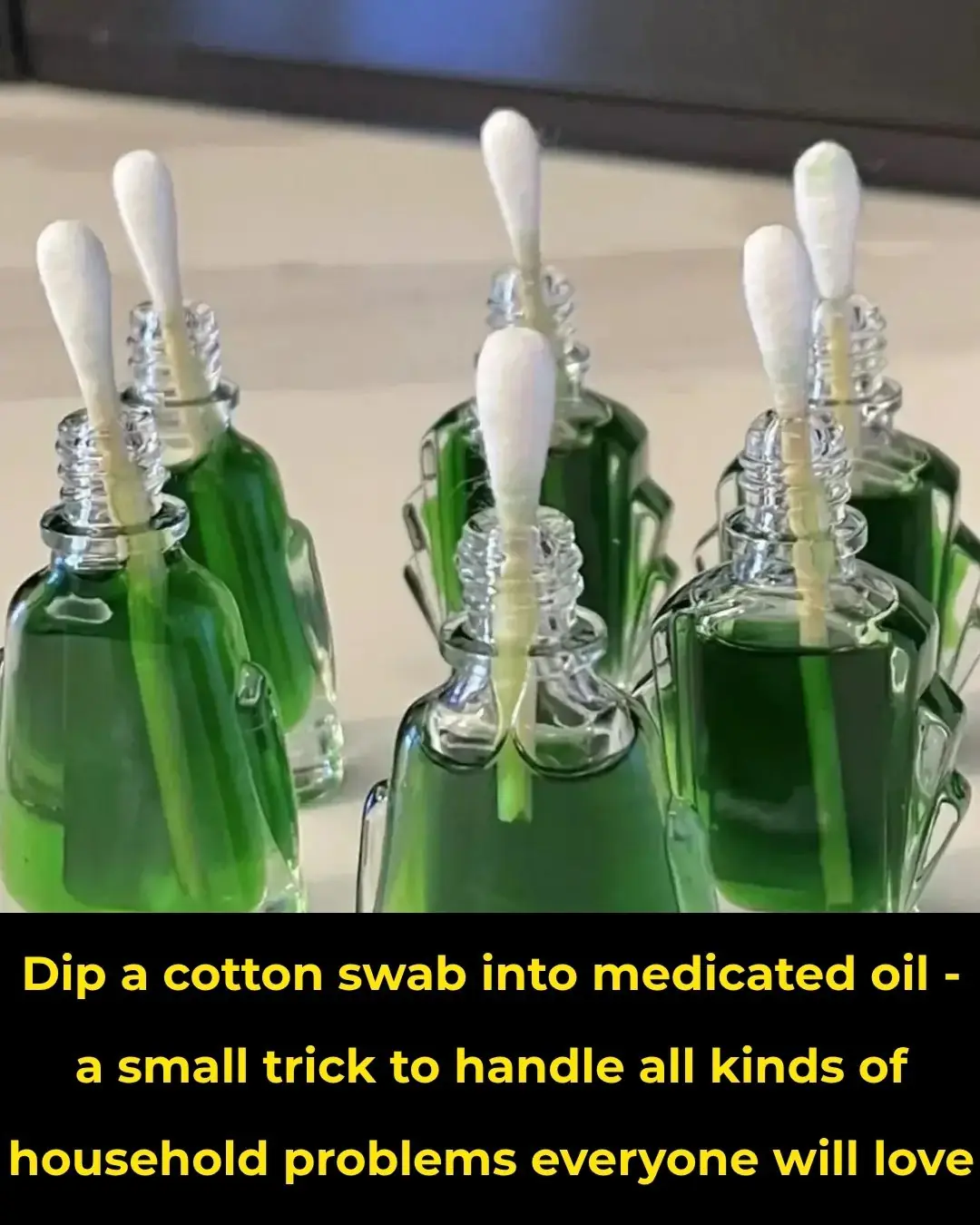
The Science Behind Putting a Cotton Swab in a Menthol Oil Bottle
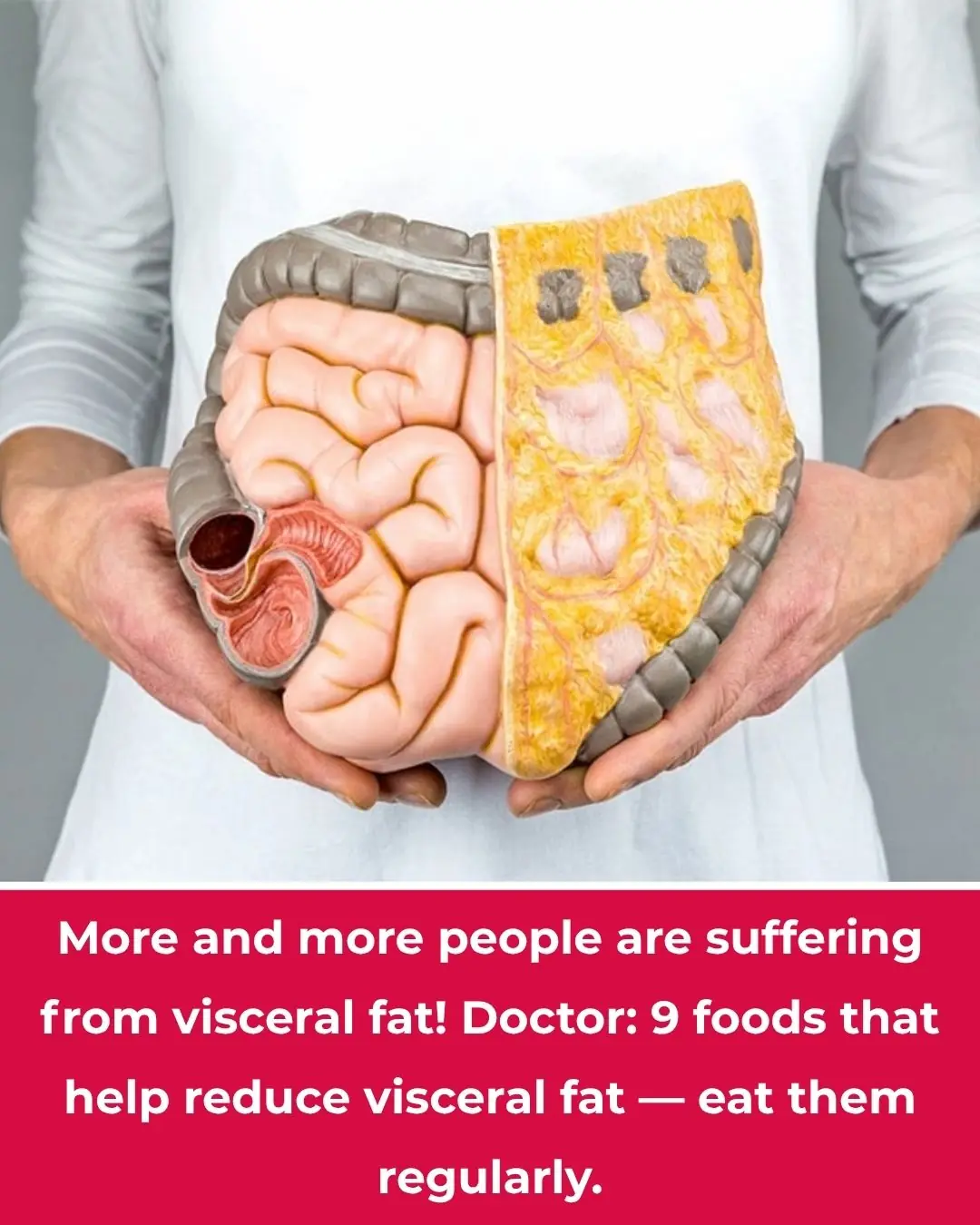
More People Are Struggling with Visceral Fat — Doctors Reveal 9 Foods That Help Burn It Naturally
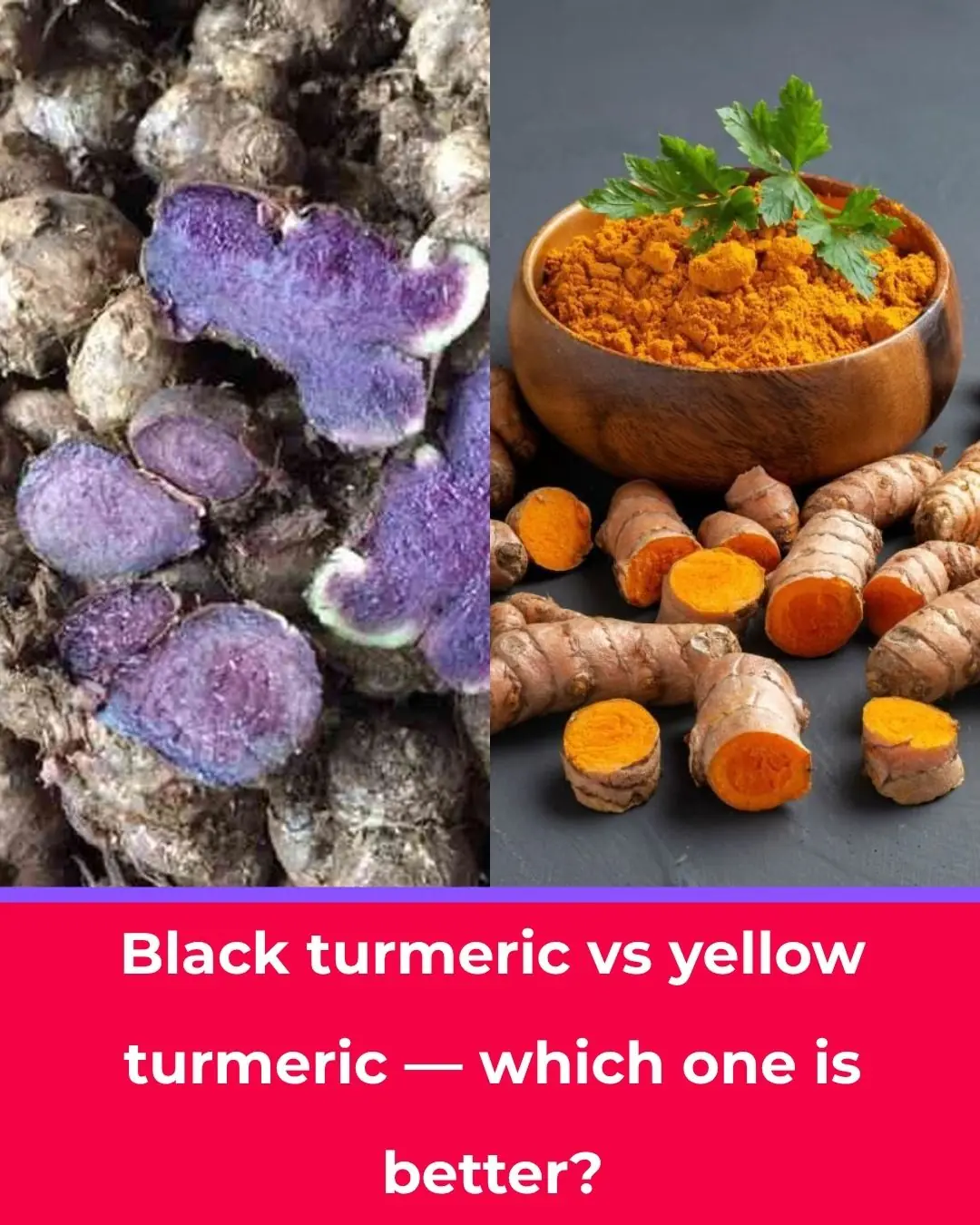
Black Turmeric vs. Yellow Turmeric: Which One Is Better?

Starve cancer: the diet rotation strategy you need to know

Like to see more from Tips for the Home

💪 Sarcopenia: Why Muscle Loss Happens & How to Fight It (After 50)

I Had No Idea About This!
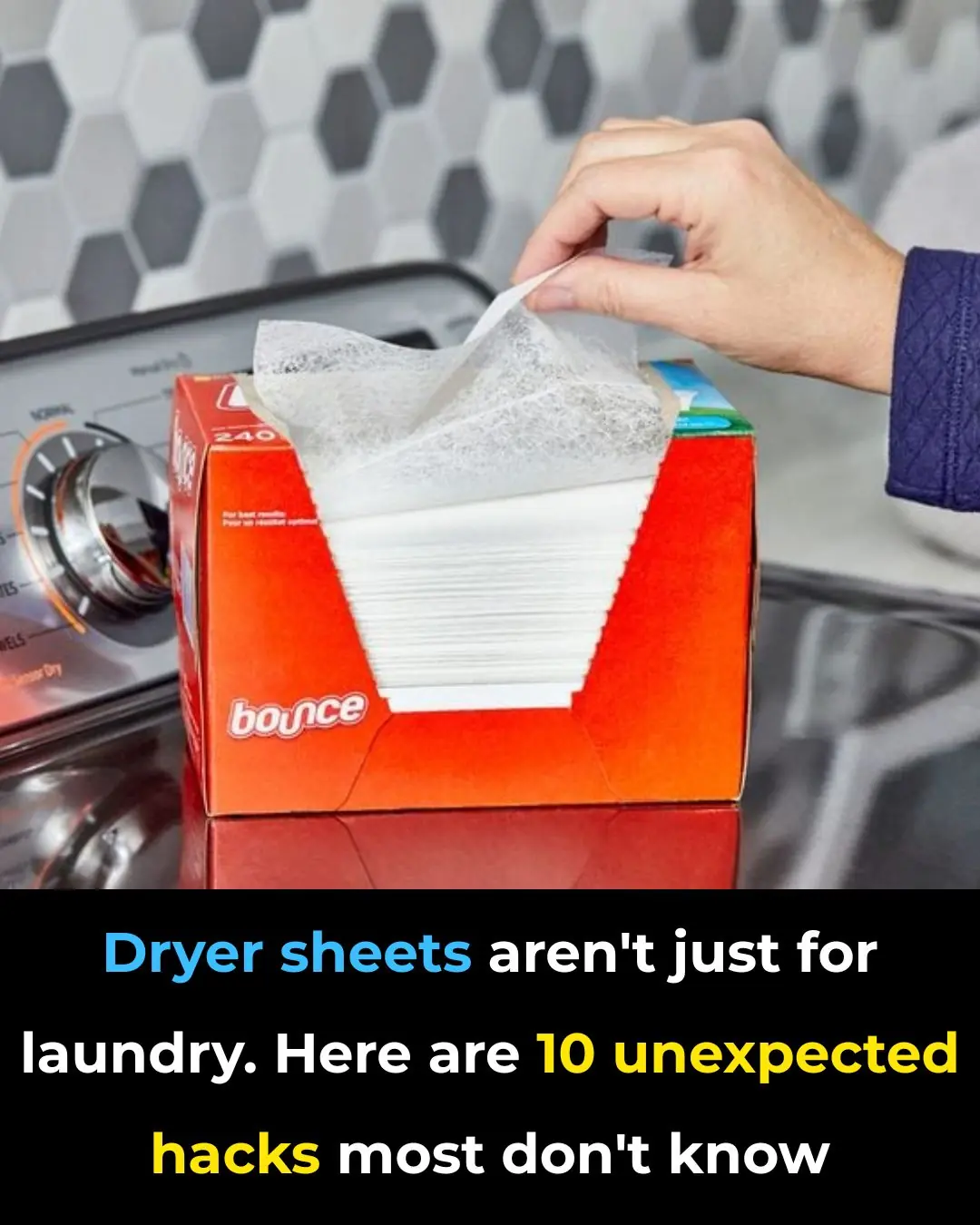
These Ideas Are Amazing: 10 Clever Ways to Use Dryer Sheets Beyond the Laundry Room

Most Don’t Know: 13 Brilliant Ways to Use WD-40 Around the House
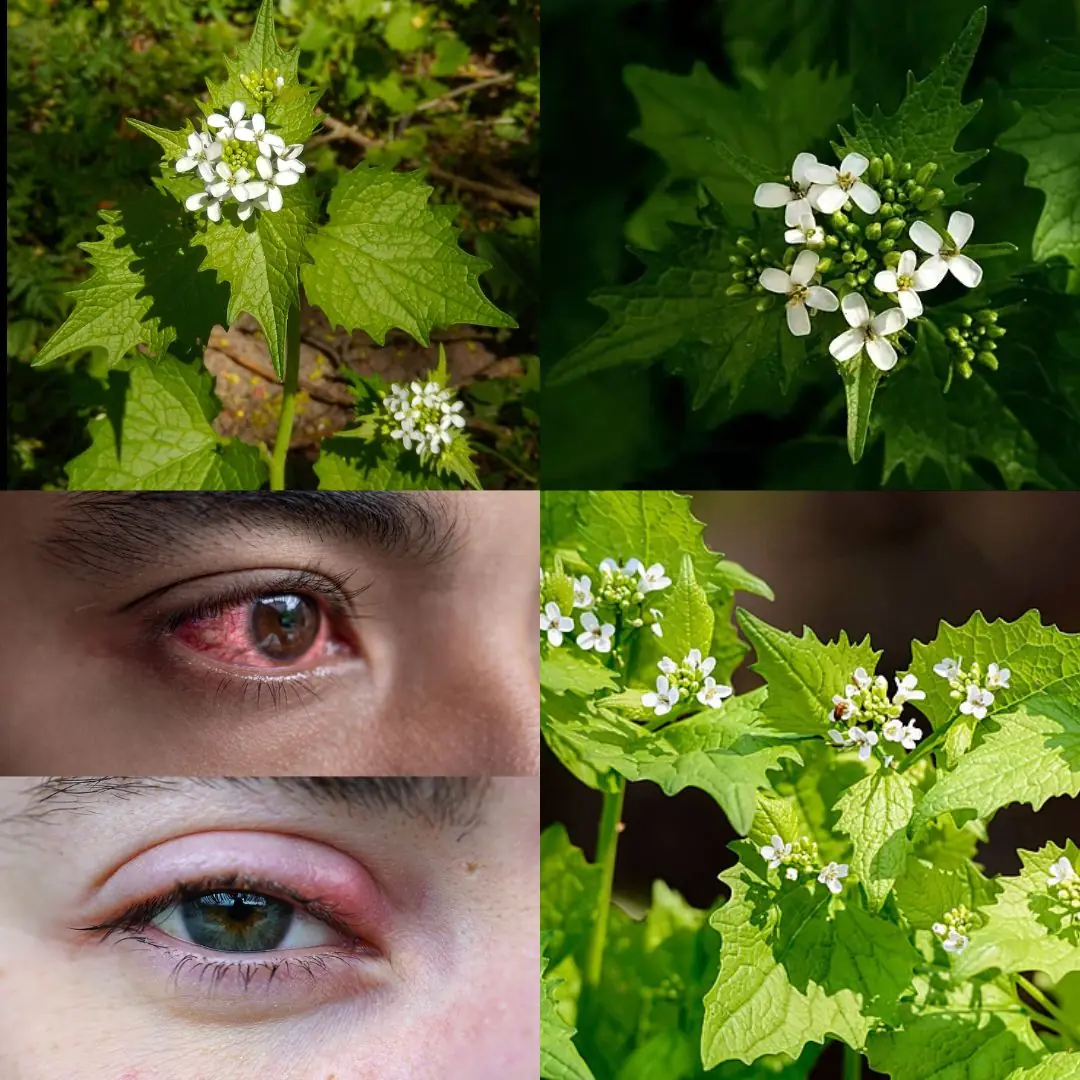
Garlic Mustard: The Overlooked Herb That Can Boost Your Health — Especially Your Eyes

SHOCKING NEW STUDY REVEALS WHAT MIGHT BE SILENTLY DESTROYING HUMAN FERTILITY
